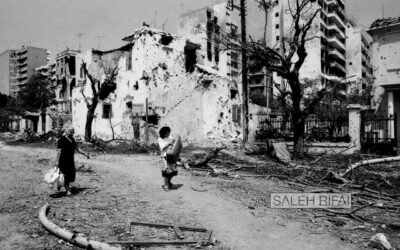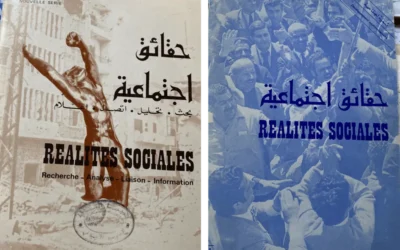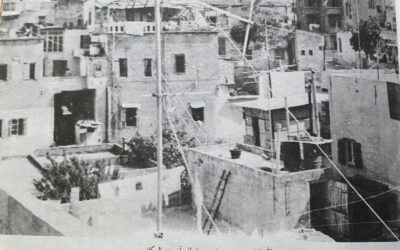A new cycle of violence occurred inside residential neighborhoods in Beirut between 1989 and 1990. Several initiatives came to help the residents of these neighborhoods to cope with the situation, one example is the pioneering experience that was spontaneously and independently launched by Sister Noha Daccache who was a professor at the ELFS-USJ in the quarters of “Ain El Remmaneh, Furn El Chebbak, Badaro, and Tahwita”. Like in other initiatives, the prevailing situation required plenty of courage, readiness, planning, coordination, and quick action. This initiative lasted for eight months, with the participation of 200 volunteers. They had to work under challenging conditions, like bombing residential areas, sniping, sectarian and ideological fanaticism, lack of resources, and difficulty in accessing aid.
Notably, those responsible for this experience were able to draw the fundamental principles and bases to build on and adhere to. At the end of each working day, there was an assessment of what had been implemented and a formulation of what was to be implemented.
We recall also an experience that was carried out by Mrs. May Hazzaz, who was also a professor at ELFS-USJ, where she started from her home with a team of young volunteers to assist in the Hadath area, which was considered one of the most exposed areas to shelling and violence.
It is well known that during the 15-year Lebanese war, security conditions often forced many people to remain in their places of residence for long periods, which prompted some of them to engage in relief work in the areas they were able to reach.
The region mentioned above was divided into six areas, and tasks were distributed, taking into consideration the security conditions and ease of mobility. Each group carried out various activities that had a “panacea” impact in that period, such as the distribution of water, bread, medicines, milk for babies, taking care of the elderly, and waste management. That team counted the number of residents and listed them by name, mentioning their blood groups, to facilitate emergency operations. Mrs. Hazzaz had a leading role in terms of organizing work, distributing tasks and directing them, urging everyone to respect privacy and accept others, and addressing partisan conflicts that were taking place. Furthermore, she played a role in organizing training sessions according to needs. From what she said: “I hope that the situation will change and that there will be a radical change in policies, programs, and mentalities so that we don’t go back to such days…”.




